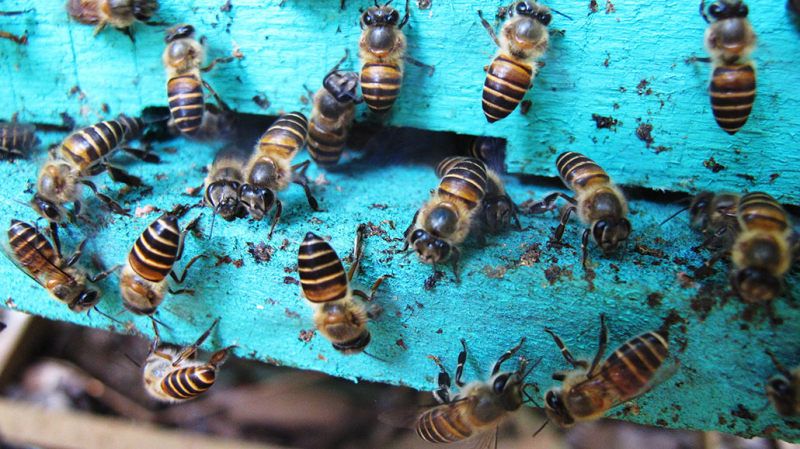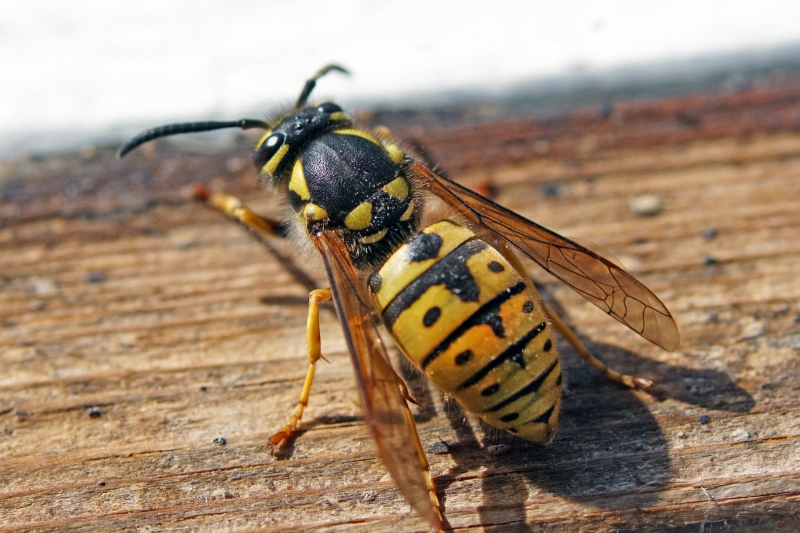Bees Cook Wasps Or Resort to Poop
Most people don't need to be informed about how bees defend themselves. The majority of us avoid raiding beehives for honey because we are aware of the dangers of bee stings, which prevent us from acting like bears in the woods. What a bee must do when its sting is insufficient to kill an adversary is less widely known.
Thanks to the internet and its interest with exotic life forms, giant Asian wasps have gained notoriety over the last decade or so. Just a couple of these enormous, scary insects may completely destroy a beehive. Bee stings are actually severed in half by their mandibles, and the wasp's exoskeleton prevents the sting from penetrating the bee. So what happens when wasps assault a hive? They create a scorching sphere of bee power and kill their assailant with it.
The venomous wasps will be attacked by swarms of bees. Even though the wasp will kill a lot of people, the hive might be able to survive since they are all working together to beat their wings and produce heat. A wasp can be killed by them by raising its temperature to as high as 47 degrees Celsius. Amazingly, the bees can control this temperature such that it is hot enough to kill a wasp but not them, as would happen if it were a few degrees warmer.
By eliminating drones outside the hive until there are no bees left to protect it, several species of wasps have figured out how to evade these heat balls. To this, however, the bees have also adjusted. Honey bees have been seen accumulating buffalo dung by beekeepers. They do something they would never typically do: they put it around the hive's entrance. Pathogens in dung make it dangerous frequently, and wasps are successfully deterred by it. Wasps take 94% less time to attack a dung-defended hive even when they do attempt to do so.












